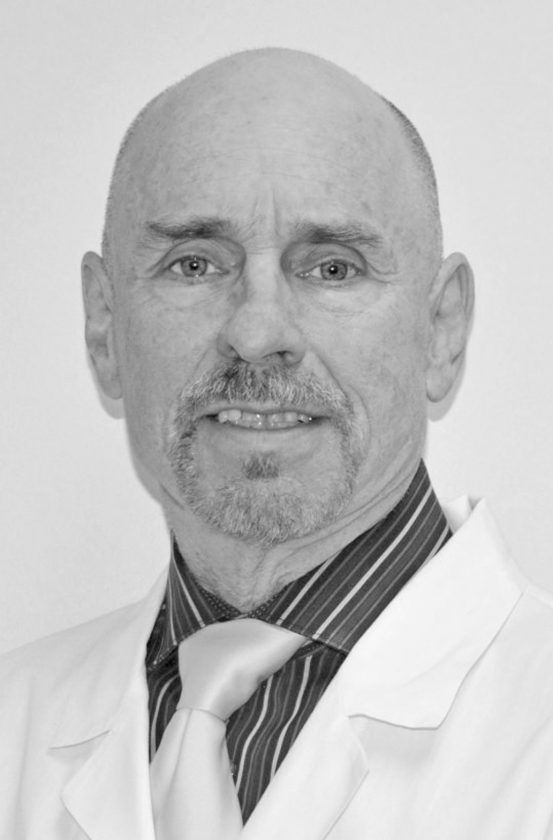Electrical therapy has many uses in medicine

Dr. Conway McLean
I would venture to guess that when Benjamin Franklin experimented with electricity, he did not for a moment realize the multitude of uses to which this exciting new force would be put. Then again, Mr. Franklin was a particularly brilliant fellow, so perhaps he had an inkling. We all are aware of the power of computers, and light bulbs are a pretty nice use of electricity too, but in health care, we apply electricity directly to the body (obviously in carefully controlled ways), to marvelous effect.
This is not a new trend. The first recorded use of electricity for medical therapy goes all the way back to 1767, although it wasn’t until 1850, when more specific information is recorded concerning the application of electricity to stimulate muscular contractions. Although this same goal of muscular contraction is performed today, as should not be surprising, it is done much more effectively, much more safely. But the benefits, and uses, of stimulating muscular contraction are many, including maintaining muscle mass, selective muscle retraining, and the control of edema.
But there are so many other uses for the direct application of an electrical impulse as a form of medical therapy. One of the most common is termed transcutaneous electric nerve stimulation, more commonly referred to as TENS. This modality has limited use since it has no effect on healing, but is used only for analgesic benefits, meaning it relieves pain. Because of its simplicity, and lack of harmful side effects, TENS is a popular method of providing pain relief without the danger and complications of narcotic pain relievers.
Although often compared to a TENS unit, interferential therapy is an extremely popular device since it not only relieves pain, but also aids in the healing of inflamed or injured soft tissues. Interferential uses two pair of electrodes, with each pair producing a signal. Where these two signals cross is the site of therapy. Skin is endowed with an inherent resistance to an electrical current, but interferential therapy is able to cross this barrier and improve healing deep into the area. Because of this deeper penetration, a higher current is possible, with another benefit being its ability to increase blood flow to the region, thus flushing out the products of inflammation.
One of the most exciting new uses of electricity in medicine is in aiding the healing of chronic wounds. These are challenging problems, which are becoming more common in our society. Various types of electrotherapy have been used with this specific intention. Frequently, a primary factor in delayed wound healing is inadequate blood flow. Certain types of electrotherapy appear to have some benefit in that regard.
A particularly fascinating new use of electricity is called FREMS therapy. This stands for Frequency Rhythmic Electrically Modulated Stimulation, which basically means that the signal is constantly changing in both intensity and frequency. The effect of these variations is that FREMS is able to not only overcome the barrier to an electrical current that skin is able to provide, but, more importantly, is able to improve microvascular blood flow, and consequently, a chronic wound treated with FREMS has a much better chance of healing.
Yet, the most startling effect of FREMS is likely its apparent ability to “awaken” nerves made dormant by the poisonous effects of hyperglycemia. Diabetic neuropathy is a potentially devastating problem suffered by many diabetics, with treatment currently consisting of the use of pain relievers. FREMS has the potential to alter the equation of neuropathy leading to ulceration, which allows an infection to develop, and this too often leads to amputation. Although FREMS is extremely new, and large-scale clinical trials have yet to be performed, it appears to be a ground-breaking addition to the many forms of electrotherapy in use today.
Electrotherapy provides pain relief, faster healing of injured soft tissue structures, aids in healing of long-standing wounds, and perhaps most importantly, has the potential to reduce the devastating consequences of neuropathy. Benjamin Franklin would be proud!
